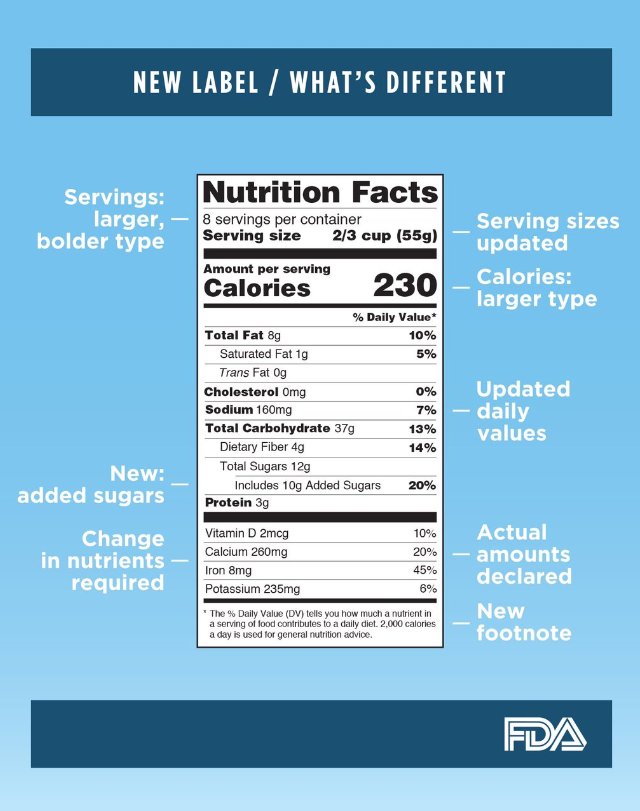Food products today read like a dictionary of health-promoting words: natural; healthy; light; made with wholegrains; and the list goes on.
The Food and Drug Administration (FDA) is tasked with defining these terms. Last week the FDA announced a revision to the definition of healthy following a petition from snack bar manufacturer, KIND, to reflect the latest science on dietary fat. The current definition does not allow foods with a high content of healthy fat (e.g. nuts or avocado) to carry the healthy label.
Revisions are also in store for the term natural. Presently, there is no strict definition of the term. This means unhealthy foods like chicken nuggets and chips can carry the label. The FDA solicited comments on a definition of natural and received 5,000 widely varying submissions from government agencies, consumers, and food corporations.
While the FDA should update food labelling criteria to reflect the latest research, there will always be limitations in the use of these terms. It is clear that natural is in the eye of the beholder. Finding a simple definition to make the choice easier for consumers will be an ongoing challenge.
The term healthy must be defined using expert opinion based on whole diets. The Vitality HealthyFood program incentivizes the purchase of healthy foods that make up healthy dietary patterns. These include fruits, vegetables, nuts, legumes, healthy oils, and lean sources of protein.
In all the confusion we must wade through with food labels, we must remember one important fact: Foods that are truly natural and healthy require no packaging at all. Marketers will continue to attach terms like natural and healthy to enhance the appeal of products that may or may not be healthy or sustainable based on science. Until regulations are more stringent, it is up to us as consumers to be informed and make the healthy choice.
Do you choose foods because they are labelled as natural or healthy? Do you think food labels need to be more tightly regulated? Tweet us @VitalityUSA

Image Source: FDA






